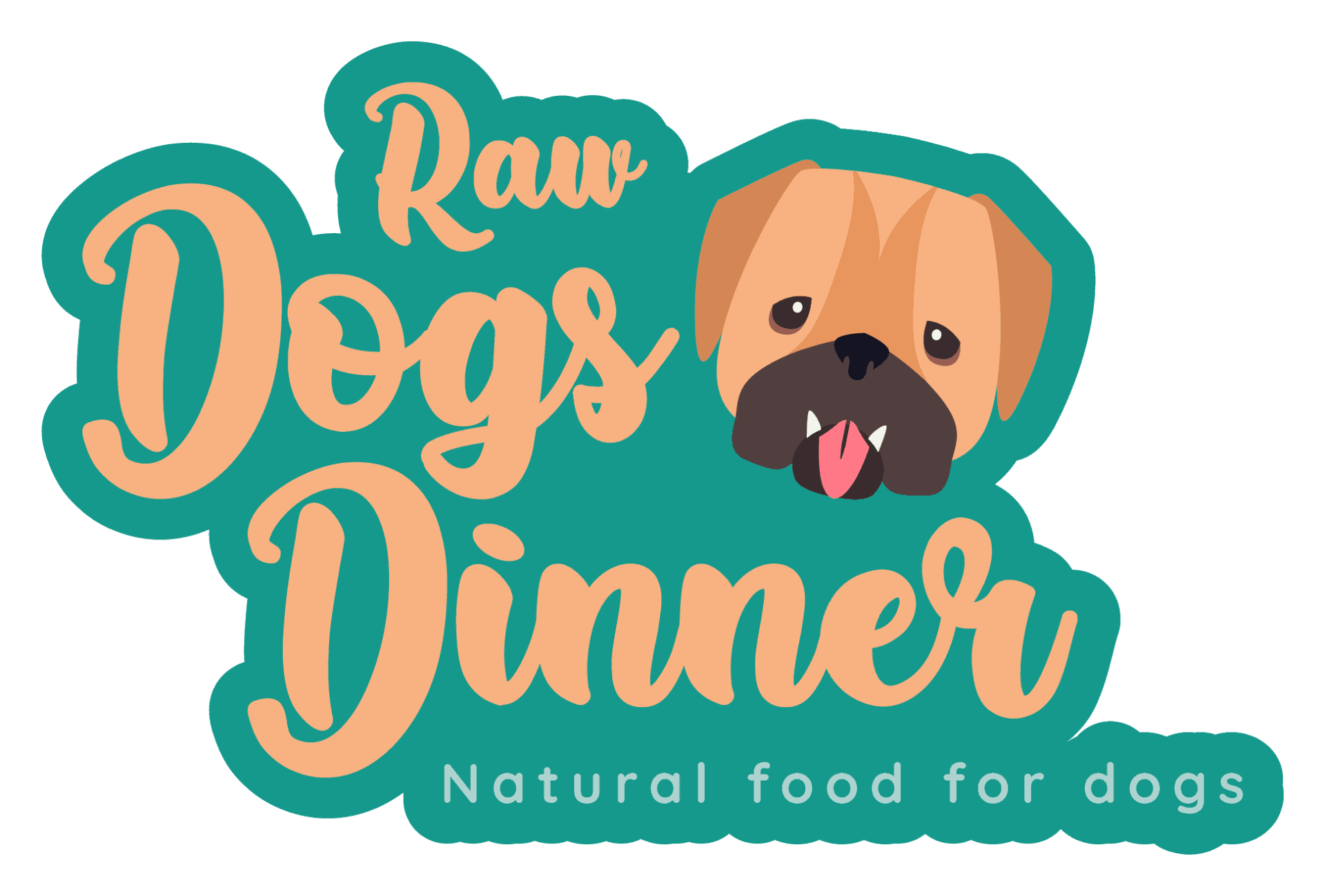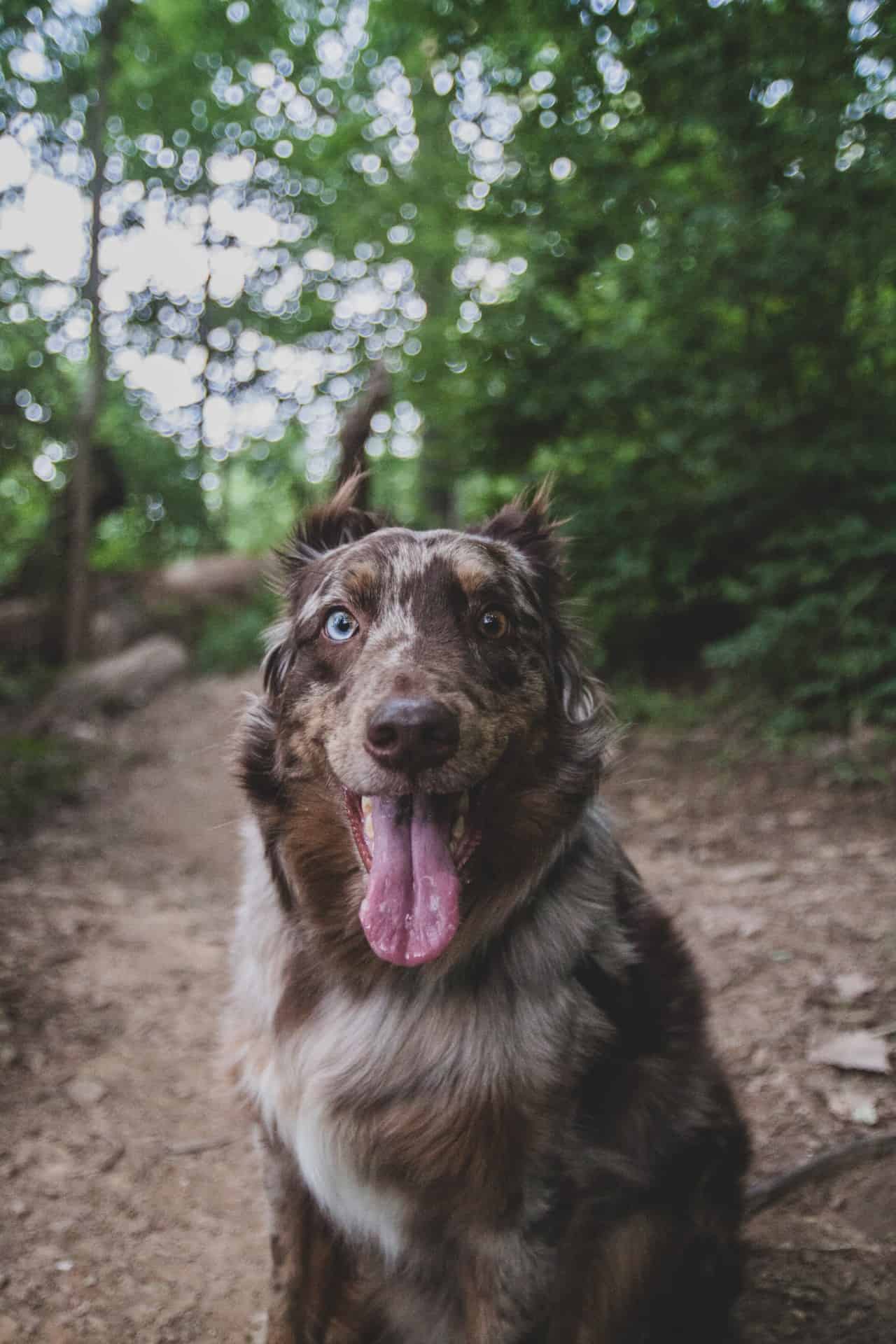First of all, if you want to do your own research, you will find that this type of diet comes under a number of names but they all mean basically the same thing ie feeding your dog the food it was designed to eat.
BARF: Bones And Raw Foods or Biologically Appropriate
Raw Foods
SARF: Species Appropriate Raw Foods
Prey Model
Raw Feeding
In each of the above cases, owners are attempting to feed their dogs a more natural diet – one similar to that eaten by wolves. While your terrier or spaniel may not look like a wolf, it is descended from them and needs to eat similar foods. If it helps, try to imagine what a fox might eat…a chicken, a rabbit, a lamb, etc. What’s more, they would eat it all – meat, bones, intestines, liver, kidneys, heart, lungs, etc. There are companies that manufacture complete meals (usually in the form of a specialist frozen mince) but it is also easy to produce your own and it will cost you about the same as a lower quality dry dog food.
Getting started…
You have two choices when swapping over to raw, either suddenly or over a week or so. Some dogs react differently to raw food for about 4 days until their stomach adapts to the new diet. This may be because their usual dry food is digested differently to raw. For this reason it is often better to do a clean break rather than a protracted switch over and for your dog to have 3 or more smaller meals rather than 2 larger ones per day for a week or so. You might find your dog adapts better if it has a day with only water and no food before you switch. While your dog is acclimatising to its new diet, don’t give it any dairy or wheat based treats (yoghurt, biscuits, etc).
Once you and your dog have settled into a “raw” routine, you may find that yoghurts have a limited use as a probiotic because the acid levels in your dog’s stomach are now too high for these bugs to survive (although they still have value as a nutrient rich food). Instead, you may find that green unwashed tripe is a better alternative (ask your raw food supplier) but I wouldn’t worry too much as your dog will develop its own intestinal flora naturally.
How do I start?
It is best to start with a single meat, usually chicken, and after 7-10 days add a second (tripe). Once you are happy that your dog is tolerating these, you can add a third (lamb or offal) and eventually a fourth (beef, fish, pork). The aim is to have a good varied diet as the more variety, the better the balance. As well as adding vegetables (or SmartBarf™), it is worth giving a medium sized dog a couple of eggs per week.
Once your dog is familiar with it’s new diet, you can start to add raw meaty bones eg whole chicken carcasses, necks or ribs – you should not feed cooked bones at any time. Although popular, chicken wings can be dangerous because their V-shape can lodge in the throat and so these should be cut at the joint with a pair of poultry shears. Chicken wings also tend to be too small for most dogs and so they swallow them whole and don’t learn to eat properly. This can result in dogs vomiting up partially digested meaty bones and eating them a second time.
It is therefore better to give your dog larger items like ribs or chicken carcasses until they are used to their new diet.
It is also wise not to feed the large marrow bones that cartoon dogs always seem to eat (often referred to as recreational bones) as these can be too hard. The marrow itself is a very good food and so, if you can find these bones with the knuckle ends removed, dogs will quite happily lick it out.
80% meat + 10% offal + 10% bones (with an additional 7.5% – 15% in the form of vegetables)
The secret to a good and easy raw diet for dogs is variety and a freezer. It’s also important to realise that it isn’t necessary to give a dog a complete and balanced meal every day – it just has to be balanced over 10 days or so. To achieve this, the equivalent of one meal per 10 days should be offal (10%) another should be bone (10%) and half a meal should be an oily fish (5%). Of course, these foods can be given together instead (as are most commercially prepared raw meals). Up to 15% of a dog’s diet can be vegetable based but these are fed for their nutrients, not their calories – avoid starchy foods and instead concentrate on herbs, leafy greens and super foods including seeds, nuts and berries. Raw unwashed green tripe is useful, especially for poorly dogs, as it contains protein, fat, vegetable based nutrients and good bacteria.
Bones
Dogs have evolved to eat bones and it would be rare for a problem to arise. They are your dog’s most important source of minerals, especially calcium. They provide quality protein, fats, fat soluble vitamins and cartilage but it is vitally important that the bones are raw. Cooked bones are a definite no-no and so you shouldn’t defrost carcasses (or minces containing bones) in a microwave. In addition, try to avoid big marrow bones – the marrow might be good but the bones are just too big and tough for most dogs. Raw chicken bones are ideal, and meaty chicken carcasses are readily available and cost very little (and are around 40% bone, 65% meat). Rib and neck from beef, pork and lamb are also beneficial so make friends with your local butcher or farm shop. Meaty bones provide an eating exercise, massage the gums, satisfy a psychological need that dogs have and act as a toothbrush – not just because they are abrasive but because dogs are pulling the meat and sinews off, which acts like dental floss
Vegetables (to mimic the contents of the intestines)
Often overlooked, but equally important and easily replicated. Intestines contain the semidigested food of the prey (usually herbivores) and this can be replaced with a mixture of seeds, nuts, fruits, berries, vegetables, herbs, beans, etc. It is important to get a good range of ingredients ie some root crops (carrots, parsnips), some greens (spinach, broccoli), some non-greens (tomatoes, sweet potatoes), some fruits (apples, bananas), some seeds (pumpkin, sunflower), etc. The main thing is to include ingredients with important nutrients, minerals and vitamins – so don’t just add a handful of rice, pasta and potatoes. It is also important to chop, shred, grate and pulp these so that the nutrients are available to the dog. Plant matter eaten by prey has been acted on by amylase to breakdown cellulose Unfortunately dogs don’t produce amylase in their saliva, nor do they chew their food, and so we need to assist them by replicating the semi-digested nature of these foods by lightly steaming or microwaving it and then freezing it. Defrosting the mixture will then make more nutrients available to your dog.
Offal (sweetbreads, kidneys, liver, lung)
The glands of an animal (kidneys, liver, sweetbreads) are usually excessively rich in nutrients and so a dog’s diet should be no more than 10% of these. Other internal organs, such as heart and tripe can be treated as meat. Lungs contain large amounts of blood which, while nutritious, can result in an upset stomach if given to excess. For this reason, it is better to treat lungs as offal. No offal ingredient should be more than half of the 10% recommendation eg no more than 5% liver.
Dog digestion.
Please be aware that there are many differences between human digestion and dog digestion so what is good or necessary for us may not be for a dog.
Information provided by Raw Diet – Smartbarf™
How much should I feed?
Use the handy calculator below to find out how much is recommended to feed your dog based on their age and weight. For adult dogs, a good place to start is around 2.5% of their body weight. 1..e a 15kg adult dog would need 375g per day. This is a good starting point but will depend how much exercise your dog gets and it's metabolism so don't worry if you need to feed a different quantity.
Get started
Buy
Find us
Get Social!
Follow us on instagram @rawdogsdinner and tag us in your happy doggo photos or use the hashtag #rawdogsdinner for a chance to be our ‘Dog of the month’ and win amazing discounts and prizes.
[the_grid name=”instagram”]




